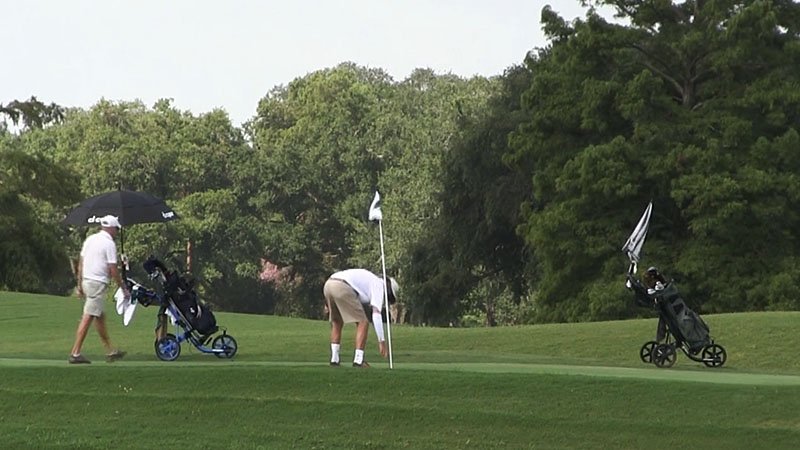
For nearly two decades, Jim Koppenhaver and Stuart Lindsay have been labeled as the golf industry's malcontents. The respective principals of Pellucid Corp. and Edgehill Golf Advisors, Koppenhaver and Lindsay have delivered the unvarnished truth about the state of the golf industry since 2006 at the PGA Merchandise Show.
Being marked as an industry firebrand is a badge that both wear with pride because they know their unfiltered message is what folks in the golf business need to hear, not necessarily what they want to hear. Until this year.
For much of the past 15 years, this duo has not had much good news to report on the business of golf. Declining rounds played, fewer and fewer players and even fewer golf courses have been the story since 2006.
That's not the case this year, as the pandemic sent people to the golf course in droves seeking some sort of outdoor activity.
"If we looked at the scorecard for the entire industry," Koppenhaver said, "we would call it bogey-free.
Rounds played were up by 14 percent in 2020 compared with 2019, the number of people playing the game was relatively flat, but golf attracted a lot of newcomers and a lot of women, and course closures were at a minimum.
"Covid did what Stuart and I said 10 player-development programs couldn't do. It kick-started golf," Koppenhaver said. "Rounds started going up and kept going up throughout the year.
"As we went into fall, we wondered if it would continue or not, and fortunately, it did."
The question is, how long will the Covid bump last.
"(There is) lots of happier news to report this year," Koppenhaver said. "Now, if we can only keep some meaningful portion of the gains in '21. Easier task, we'll still be Covid-constrained at least for the opening half of the year in my crystal ball, tougher in the back half as things open."
Covid did what Stuart and I said 10 player-development programs couldn't do. It kick-started golf. Rounds started going up and kept going up throughout the year. . . . As we went into fall, we wondered if it would continue or not, and fortunately, it did.
Rounds played, according to Koppenhaver's report, were up to 493.5 million rounds last year from 433.3 million rounds in 2019. That's an increase of a whopping 60 million rounds. It was the most rounds played since 498 million in 2002, but still short of the industry highwater mark of 518 million rounds in 2000.
While utilization, or rounds played, were up by 14 percent, rounds per course were up 15 percent to an average of 37,900 rounds at each 18-hole equivalent, and play rate, or rounds per capita, also were up to 1.4 rounds per person.
"We hit the trifecta," Koppenhaver said.
The pandemic bump was felt equally among private and public courses.
Play on daily fee facilities was up from 344 million rounds in 2019 to 387 million rounds last year, an increase of 12 percent. The news was even better at private clubs, where play was up by 20 percent, from nearly 86 million rounds in 2019 to almost 103 million rounds.
From 2006 through 2019, 605 courses opened and 2,007 have closed for a net loss of 1,472, bringing the net supply of courses nationwide to 13,408, according to the study. In 2020, a total of 155 courses closed (in 18-hole equivalents), while there were 19 new openings, for a net loss of 136 properties, and bringing the net loss since 2006 to 1,627 18-hole equivalents. Of the 19 openings, most were reopenings of courses that had previously closed, Koppenhaver said.
Of the 155 closings, 110 were public, 18 were private and 27 were learning and practice facilities.
The number of people playing the game held steady at about 21 million, a number that includes about 100,000 new female players, many who returned after dropping the game and lot of newcomers who played for the first time in 2020.
"The question is, can it be sustained?" Koppenhaver said.
"This proves to the naysayers that we can deliver good news - when it is warranted."

